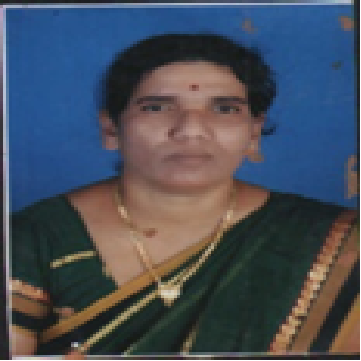Day 1 :
Keynote Forum
William J. Rowe
Former Assistant Clinical Professor of Medicine, Medical University of Ohio at Toledo,USA
Keynote: Hypertension risk from iron brake particulate matter

Biography:
Abstract:
Keynote Forum
William J. Rowe
Former Assistant Clinical Professor of Medicine, Medical University of Ohio at Toledo,USA
Keynote: Hypertension risk from iron brake particulate matter
Time : 9.00:9:45

Biography:
Abstract:
Keynote Forum
Samer H. Ellahham
Cleveland Clinic, USA and Cleveland Clinic Abu Dhabi, UAE
Keynote: The nuts and bolts of an inpatient cardio-oncology consult team
Time : 10.30-11.30

Biography:
Abstract:
Keynote Forum
Dr. Sudha Bansode
University of California, Riverside, USA.
Keynote: Heart disease
Time : 11.30-12.30

Biography:
Abstract:
There are many factors that can increase your risk of getting heart disease. Some of these factors are out of your control, but many of them can be avoided by choosing to live a healthy lifestyle. Some of the risk factors you cannot control are: Gender, Age, Family History, Obesity, High Cholesterol, Smoking, High Blood Pressure, Diabetes, Other factors.Heart disease is the leading cause of death. The causes and prevention of heart disease have been studied for years, and new information is emerging. For the last several decades, saturated fat and cholesterol have been thought to be major contributors to coronary artery disease, and therefore people are typically advised to strictly limit these in their diet. However, recent studies are indicating that it may not be wise to strictly limit the intake of dietary saturated fatty acids or replace them with polyunsaturated fatty acids when taking other health conditions into consideration. Depending on a person’s genetics, diet may or may not be an important factor in preventing heart disease. Exercise is also beneficial for everyone in preventing heart disease. When considering human development, including the negative effects of heart disease, humans still have a lot to learn about the human body and the interaction of diet, the environment, and genetics.
